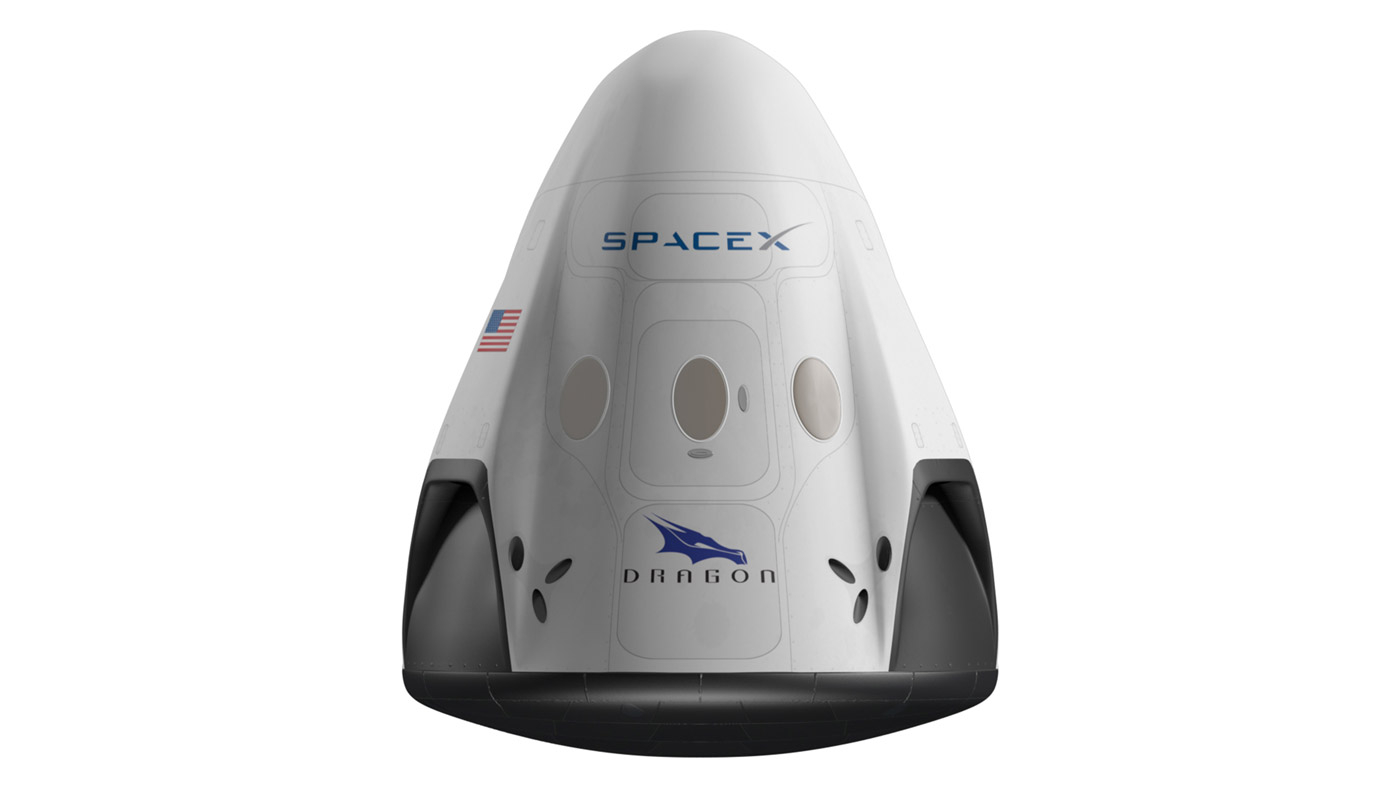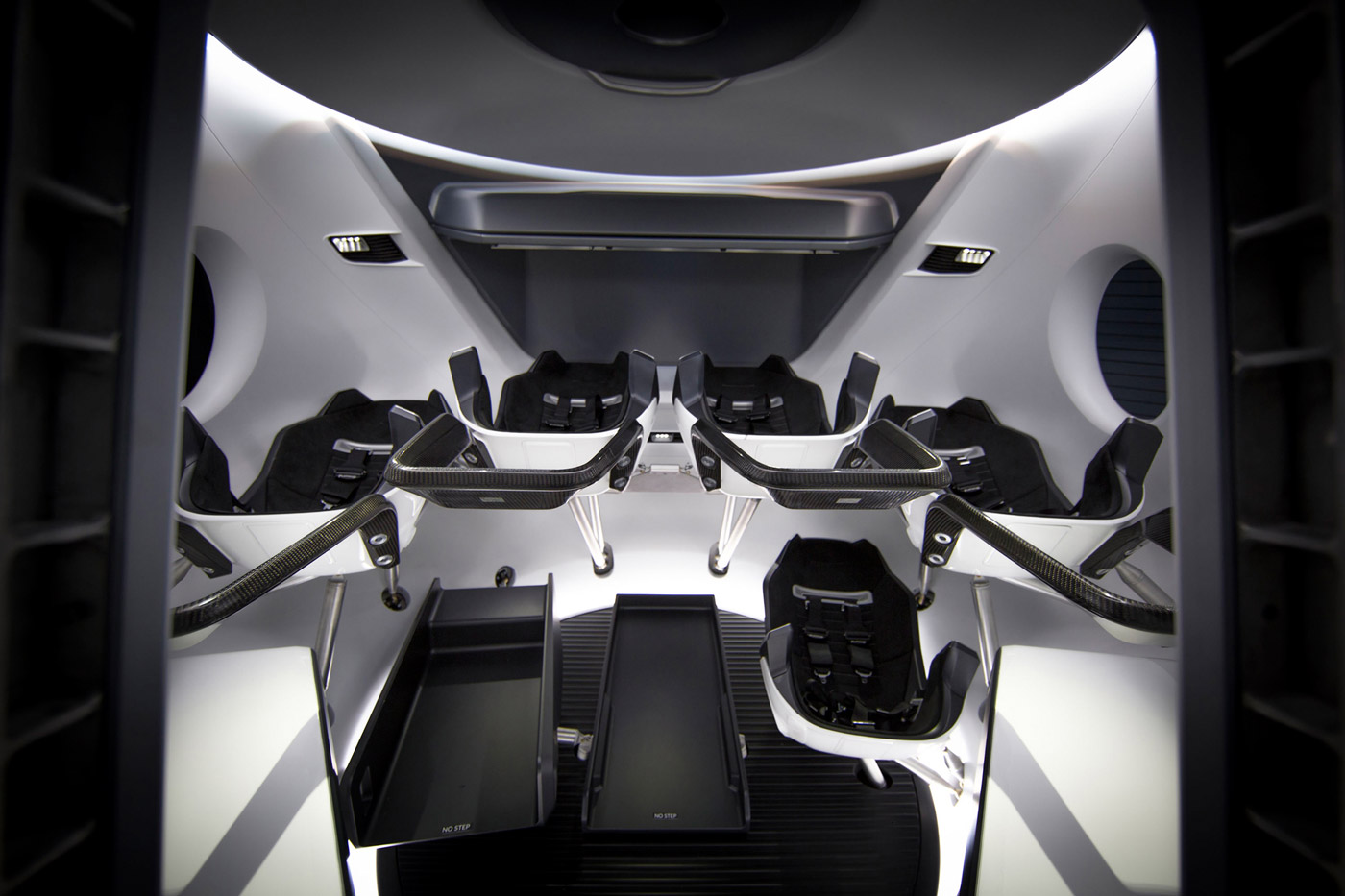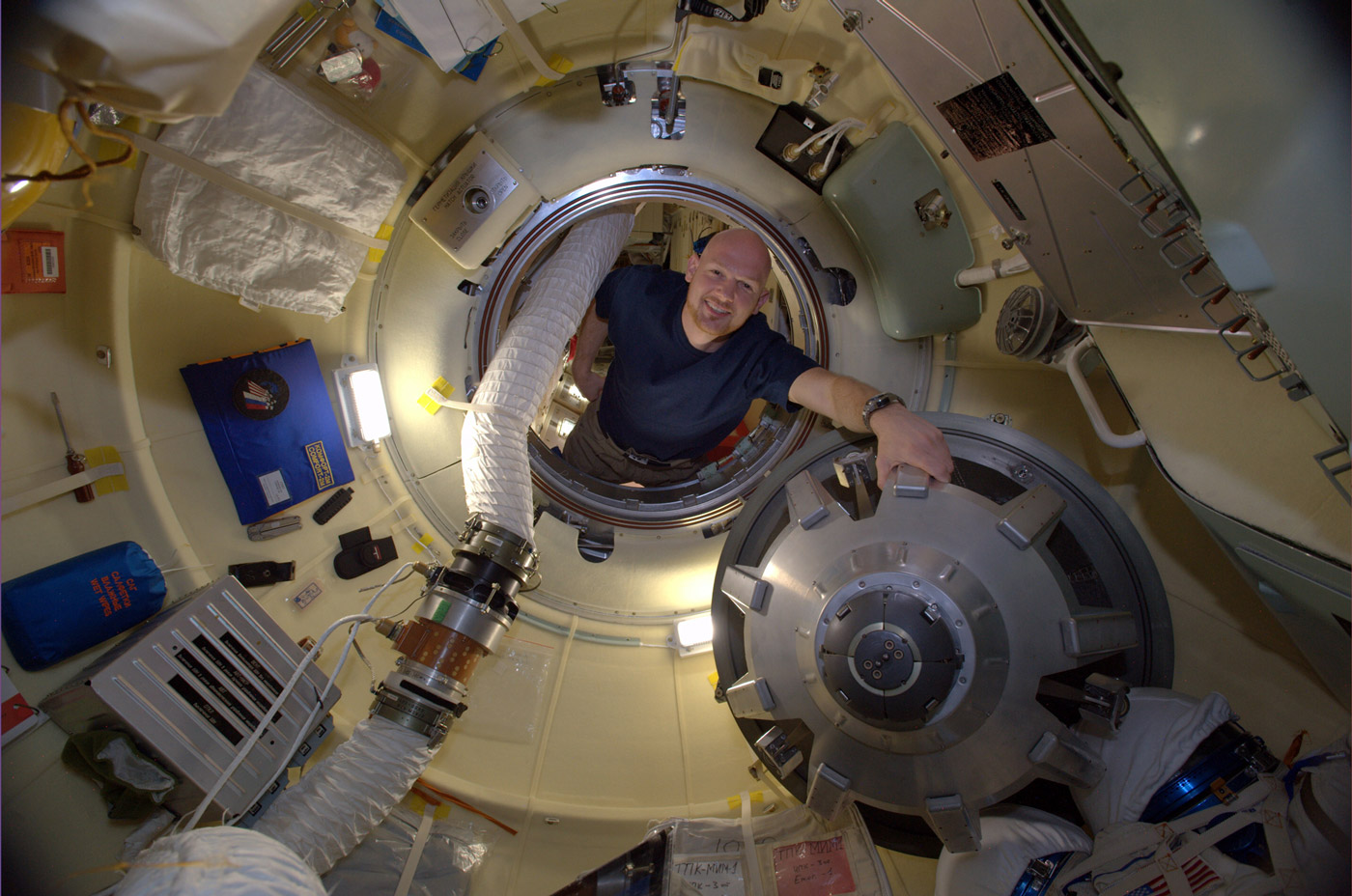A small step for humankind, a giant leap for design
2021-04-05
On August 2nd 2020, a historic event that started two months ago came to a successful end. It was an important moment in the history of astronautics took place. A manned space ship started from the NASA launch facility Cape Canaveral in Florida. But this flight was different from all flights before. Whereas all starts until this day were carried out with NASA developed rockets or space ships, this time it was a private run vehicle that was sent to the ISS. The “Falcon 9” rocket with its passenger module “Crew Dragon” was developed by the American space and research company SpaceX, owned by the famous visionary entrepreneur Elon Musk.
The technical achievement of sending a manned space ship to a space station is highly remarkable from a technical point of view. Until that day, only countries were capable of completing such complicated missions. SpaceX instead is a private business company. The company has set itself the goal to colonize our neighbor planet mars. On their way to achieve this goal, the manned flight to the ISS seems to be just one important milestone besides others like the development of the “Falcon Heavy”, the largest launcher for space equipment currently available.
But even more remarkable than the technical achievement is the aesthetic revolution of space travel.
Joining the exclusive space club
Right now, there are not many countries running space research programs. And there are even less who develop manned space ships. The established countries with their space organizations are of course, the United States with its NASA, the European ESA and the Russian federation, countries like China or India are rapidly catching up. Still, this is an exclusive club.Design and science – finally united
When looking at the space ships from those different countries, one thing is pretty apparent. As the space ships are the result of long-term experience of the space organizations with its scientists and engineers, the vehicles look somehow old and technical, just like they looked 40 years ago in the golden age of space cruises. The space ships do not look modern or futuristic, not even contemporary.Is this our vision of rocket science and is this really our plan for the future style of our civilization´s expansion?
Luckily, it is not. SpaceX delivered the alternative suggestion. The appearance of the company´s space ship is the even larger revolution than the sheer technical achievement.

SpaceX seems to run its space research program with the idealism that many governments have been missing for quite some time: The idealism of bringing our human civilization further.
SpaceX follows a holistic approach. Elon Musk and his company understood a crucial fact. Their manned space flight is a technical achievement with a highly symbolic character. They see the event as a message. They use it to communicate their capability to perform enormous technical skills that were previously reserved for states only and, that private-run businesses are more powerful than ever before. Even rocket science which has long been a sovereign responsibility of states is now undertaken by companies. Elon Musk understands that an appropriate aesthetical design is an essential part of such considerable events. Design finally found its way into the most rational professional sector one could consider: science and research.
A sleek vision of the future
Whereas most space ships of the old space travel protagonists look like relicts of the past, SpaceX´s machine are truly beautiful to look at. Pure white color and smooth surfaces form the dynamic yet elegant “Crew Dragon”. It really is a machine visually adequate for discovering new worlds.The space ship looks distinctly different from others in many points. This begins with the overall shape. The outlets of the combustion chambers are integrated into the cone-shaped body. This makes the ship look very dynamic. Moreover it looks compact and compact. On the contrary, many of the “old fashioned” spaceships visually are an addition of blank components. That is why they look complex and technical. They were designed by engineers only. This is of no meaning for their functionality. But it definitely is of importance when it comes to a symbolic statement. SpaceX´s space ships tell of a progressive company bringing our human culture to space whereas others symbolize seemingly uncouth attempts of research in space.
The difference gets even more obvious when looking at the interior of the ships. Traditional space ships here too are a conglomerate of technical aggregates. Supply hoses and insulation are all around the astronauts. This is where they are supposed to work at while being dressed with bulky space suits. Again, SpaceX comes up with a different approach. The interior of the Crew Dragon is a clean, almost clinical environment. Thanks to the smooth covers hiding most technical parts, the space ship provides a spacious and friendly atmosphere. The color range again is reduced to white, black and silver, just like the exterior.
Light plays a major role inside the Crew Dragon. Smooth indirect lighting provides a calm environment – important for improving the astronauts concentration capability. It looks more like the interior of an airplane than like those of conventional space ships. That seems just logical. Why should an atmosphere, appropriate for transporting millions of passengers every day not be suitable for bringing humans to space?


The interface for steering the ship consists of large touch screens and other touch-sensitive elements. This is literally no rocket science anymore. Now, the technology with its many advantages has finally arrived in the field of space research.
The SpaceX space ships are designed, not engineered and thereby way more appropriate for humans to use. They are ambassadors of our human progress.
Two sides of one medal
SpaceX consequently follows a sleek aesthetic. Even the space suits of the astronauts are professionally designed. Responsible for their clean look is the costume designer Jose Fernandez. As he is usually creating costumes for musicians and other artists, this is again an indication for the inseparability of function and form in modern times.
Form does not follow function anymore. It rather is an immanent part of it.
Even rocket science, an activity formerly reserved for states, is open to private owned companies nowadays. Visionaries like Elon Musk with its company SpaceX and others bring our civilizations forward in various ways. They do not only promote technical progress completing enormous challenges. They combine it with the immense potential of design – firstly design as an internal tool for achieving better results in form of usable, positively different objects on the cutting edge of technology. And secondly design as an external tool for communicating progressiveness. This is a crucial point.
Every achievement, every improvement of technology etc. needs to promote itself through an appropriate appearance. Otherwise, the symbolic message of progress will miss its goal.
With space research as a very rational activity, industrial design has finally found its way into all sectors of our life. Designers, let us take this as an opportunity to promote the innovative potential of our profession. Let us strengthen the fusion of technology and design.
Comments:
TestvomHandy (
TestvomHandy
TestvomHandy (
TestvomHandy
SpaceXtest (
SpaceXtest
Christopher (
testtesttesttest
Teeeeeeest (
Teeeeeeest
(
(
(
Enter your comment

Namentest (
Kommentartest